Like any other tool, knives need maintenance to keep them running at peak performance. Unfortunately, many knife owners make mistakes when it comes to maintenance, but fortunately, KPL is here to help!
Today we will discuss some of the most common mistakes and misconceptions when it comes to knife maintenance, and provide some helpful tips to keep your cutting tools safe and ready to work when you need them!
The Biggest Mistake in Knife Maintenance
In most cases, the biggest mistake made in knife maintenance is simply a lack of maintenance. This often stems from two specific places: a lack of knowledge and the lack of proper skills and equipment.
Developing some basic knowledge of your particular knife will go a very long way toward helping you come up with a basic maintenance routine, and here I will cover some of the basic concepts as well as provide some links with more detailed information. I will also provide some maintenance tool recommendations that will help you get going.
Armed with a little knowledge, the right equipment, and some practice and you will be ready to keep your knife working in great condition for you for many years to come.
Mistake #1: Not Understanding the Properties of Knife Steel

When it comes to knife steel, there are hundreds of different types out there and each has its own unique properties. For a deeper dive into commonly used knife steels check out this article. For now, let us discuss some of the basics:
Stainless vs High Carbon
Knife steels generally fall into two categories: stainless and high carbon. Stainless steels have a higher resistance to corrosion, meaning they will not rust as easily as high carbon steels. It is very important to note that stainless steels are “stain-less”, not “stain proof” - they can and will develop rust if not properly maintained.
Edge Retention
Edge retention indicates how well a particular steel type will hold a sharp edge during normal use. This is important as it indicates how often you may need to sharpen your knife.
Ease of Sharpening
The ease of sharpening indicates how difficult it is to sharpen a certain type of steel. This provides insight into the type of tools you need to sharpen the knife.
Mistake #2: Not Understanding the Mechanisms of your Pocket Knife

Unlike fixed blades, pocket knives have internal mechanisms that need your attention. There are a variety of different types of pocket knives and these are covered in detail in this article. Today let’s discuss some of the most important components that need your attention:
Pivot
In folding knives you have a pivot, this is the part of the knife that attaches the blade to the handle and allows it to swing open. This pivot is typically made up of a pivot screw and a washer system. Knowing what type of washers your knife has is vital to properly maintain your knife.
Detent
Many modern folding knives have a detent ball that will hold the knife closed, and that the user must exert force on to deploy the knife. This is a high-wear area and without proper maintenance can result in failure to keep your knife shut when not in use.
Lock Type
There are a ton of different types of lock open methods for folding knives, so we can't go over them all here. However, developing an understanding of the lock type your knife uses allows you to come up with a proper system of maintenance.
Hardware
Knowing the type and size of the body and handle screws is essential, as using the wrong tool on your hardware can damage and strip the screw heads.
Now that we understand some of the knowledge-based areas that can result in improper maintenance, let’s get into some of the specific areas where errors occur, and how we can remedy that.
Mistake #3: Not Protecting your Steel

One of the fastest ways to destroy a knife is through rust. Rust occurs when steel oxidizes either by being exposed to water or corrosive materials, such as acids and other chemicals. Even stainless steel will rust, so some basic maintenance will prevent this.
Keep Your Blade Dry - While we can’t avoid knife blades getting wet in day-to-day use, wiping them down with a dry rag or your t-shirt can reduce the risk of corrosion occurring.
Protect Knives from High Humidity - Humidity can cause rust to build up on knives, especially high carbon steel blades. This can happen while out and about, or even when being stored in your knife case.
Promptly Clean After Exposure to Corrosive Materials - Anything acidic can cause corrosion on your knife blades, including acids found in foods. The best thing you can do is promptly clean your knife after exposure to any of these materials and ensure it is thoroughly dried.
KPL offers a variety of products to help you keep your knife rust-free. Knife Shield is an all-in-one cleaner and rust inhibitor that is food safe and will keep your knife protected from the elements through everyday use.
We also offer a number of inserts for your knife case to reduce humidity and protect your knives in storage. Check out this page for a full lineup of KPL’s rust prevention supplies.
Mistake #4: Not Maintaining your Edge

As the old adage goes, “a sharp knife is a safe knife” - and it’s the absolute truth! Knives should be sharp to do their job, and a dull edge is more prone to slipping while cutting.
On top of the inconvenience, those slips increase the likelihood of your knives cutting you. See this article for details on various sharpening systems, for now, let's cover some essentials.
Leather Strop - Utilizing a leather strop will allow you to maintain your edge for a long time before a true resharpening session is needed. Strops and stropping compounds are inexpensive and easy to use with a little practice. Check out this video for a quick demonstration on how to properly strop your knife.
Sharpening System - Although I can't go into detail on the various sharpening systems here (see the article linked above for more information), but I will say this is where your steel knowledge comes into play. While most carbon steels and basic stainless steels don’t require high-end abrasives, super steels typically require diamond sharpeners due to the lower ratings on the ease of sharpening scale.
Mistake #5: Not Properly Maintaining your Pivot

Pivot maintenance is essential! Not only is your pivot a high-wear area in your knife, but it is also an area that is highly sensitive to dirt and debris.
This is especially true due to the increased use of ball-bearing pivots. Ball bearings allows for the smoothest opening and closing action on the market, which is very attractive for most consumers. However, these bearings are typically caged, and dirt or debris in your pivot can easily decrease or inhibit the action of your knife.
Pivot Lubricant - Pivot lubricants help reduce wear and tear on the pivot parts of a knife, extending the life span of those parts. It should be no surprise that this is an area where Knife Pivot Lube excels!
KPL’s family of pivot lubricants are not only designed to reduce wear, but also to keep dirt and grime in suspension so they do not negatively impact your pivots performance. This reduces the frequency of having to break down and clean the internals of the knife.
If you are not sure which pivot lubricant is best for you, we recommend starting with KPL Original, as it was designed to work with all pivot types.
Mistake #6: Not Maintaining your Detent

As mentioned earlier, if the detent ball that keeps your knife closed fails, it can lead to a very dangerous situation. This is why maintaining this detent ball and reducing wear is so important. Over time as the knife is repeatedly opened and closed, the ball detent can wear down and flatten, rendering it ineffective.
KPL Heavy: A small drop of KPL Heavy on your detent ball will greatly reduce the friction between the blade and the ball, not only protecting it from premature wear, but also giving your knife a smoother and more satisfying opening action.
Mistake #7: Not Cleaning your Lock

Your lock is the only thing keeping your pocket knife from closing on your fingers during use. Unfortunately, lock failures do occur, and while this will occasionally happen because of a manufacturing issue, more often it occurs due to a lack of maintenance.
Cleaning Your Lock: Generally speaking, the lock faces on liner locks or frame locks should be kept free of dirt, debris, and oils to prevent the lock from slipping and lock sticking. In the case of some lock types, such as axis locks (made famous by Benchmade), the open nature allows for the build-up of dirt and grime, which can damage the internal springs.
It is especially important to keep these types of locks clean, which can be done easily by spraying a little canned air in there to blow out any dust and debris.
Mistake #8: Using the Wrong Screwdrivers/Bits

This is possibly one of the most common and detrimental errors people make in knife maintenance. Knives usually come with either Torx or hex screws, and occasionally with a dealer proprietary screw type.
Using the wrong type or wrong size tool can strip or break the screw. In most cases this issue is not covered under the warranty of the maker. You can always ask the manufacturer what the size and screw type is so you can ensure you are using the right tool!
Do you have any knife maintenance tips? Drop them in a comment below, and don't forget to use code BLACKFLAG at checkout for 10% off your favorite KPL products!


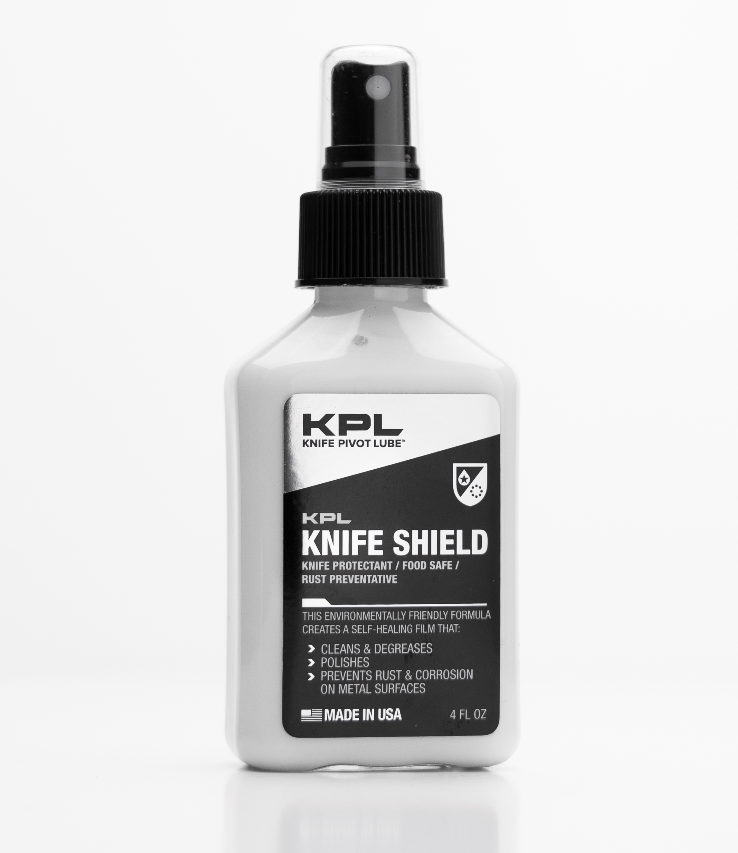
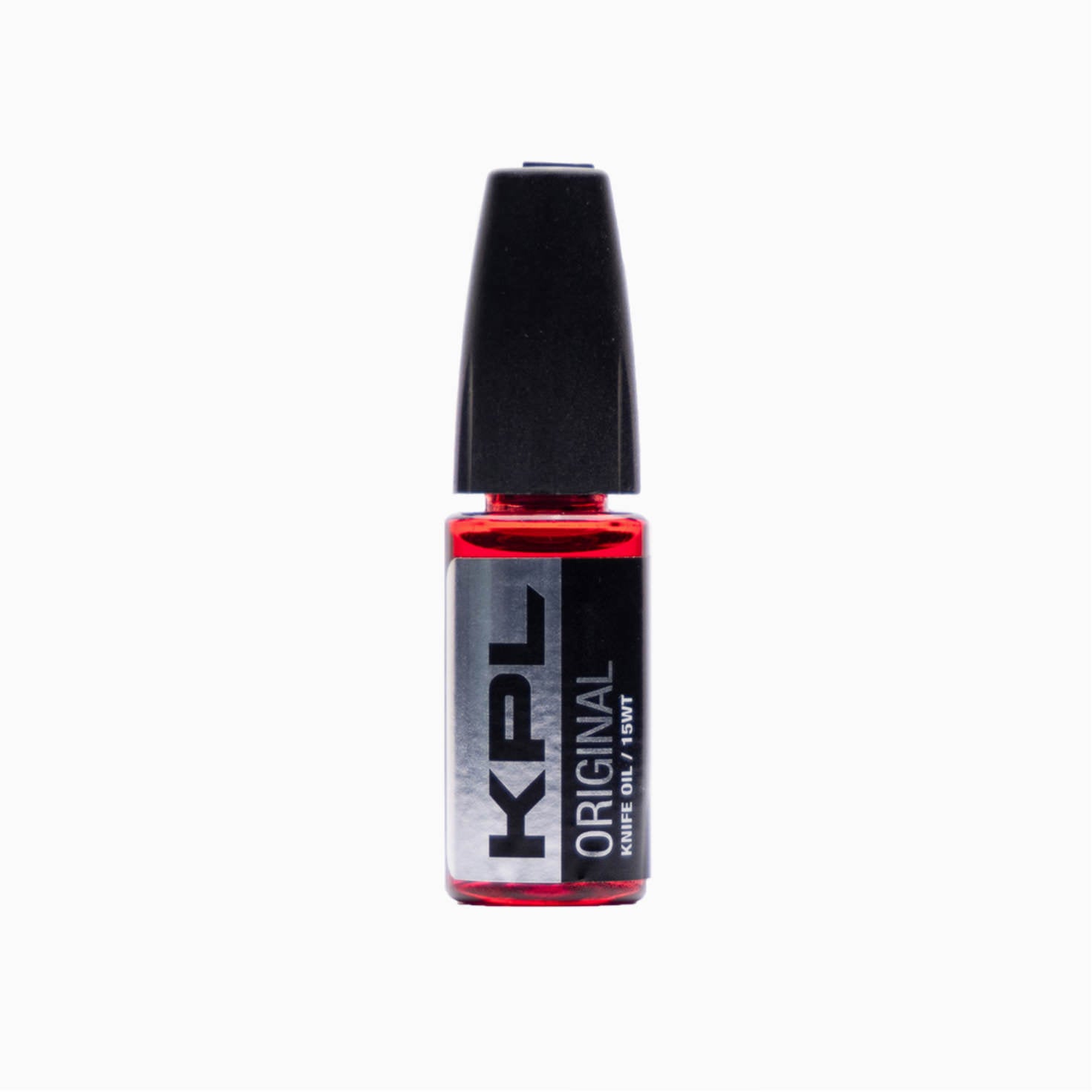

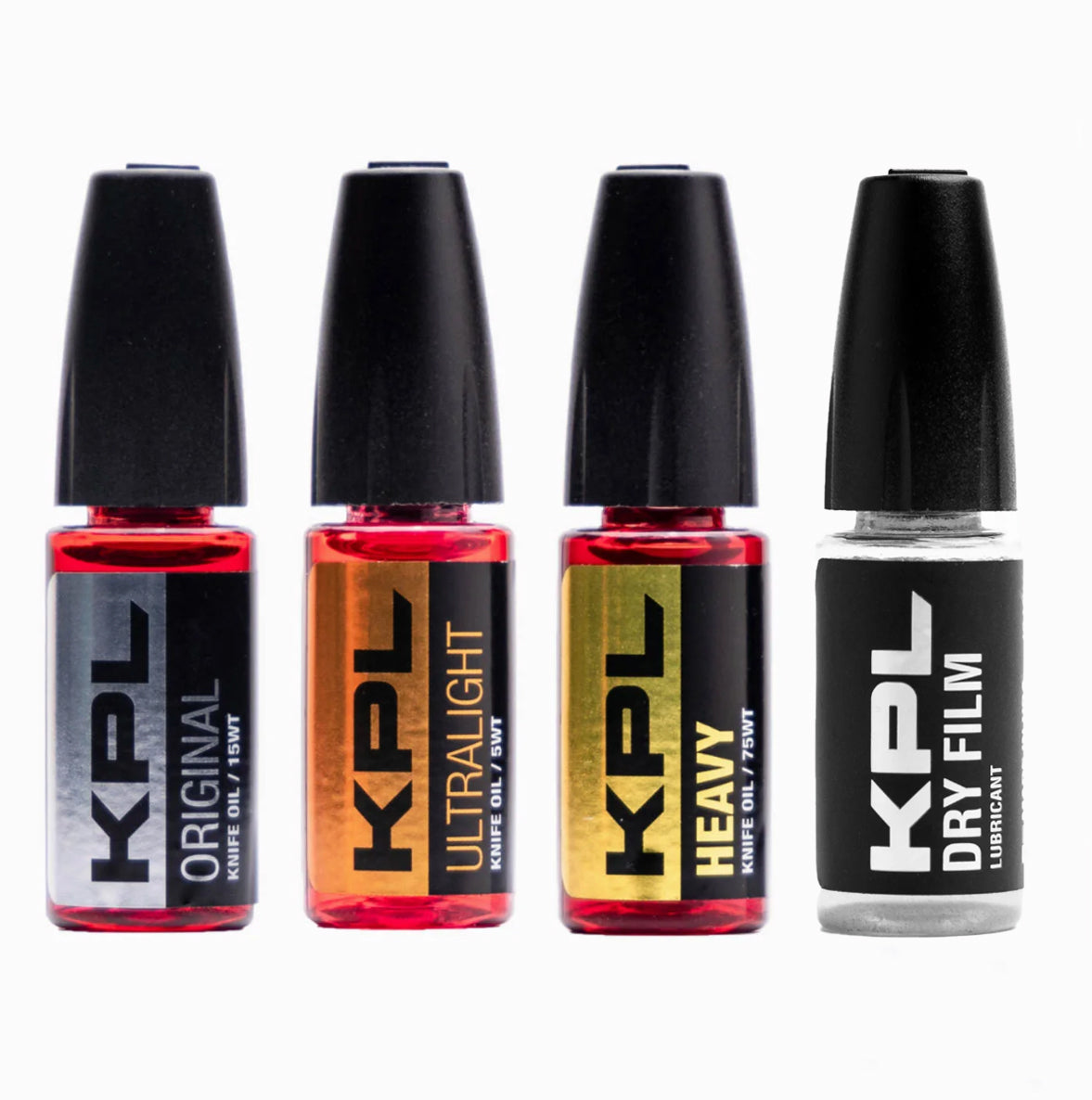
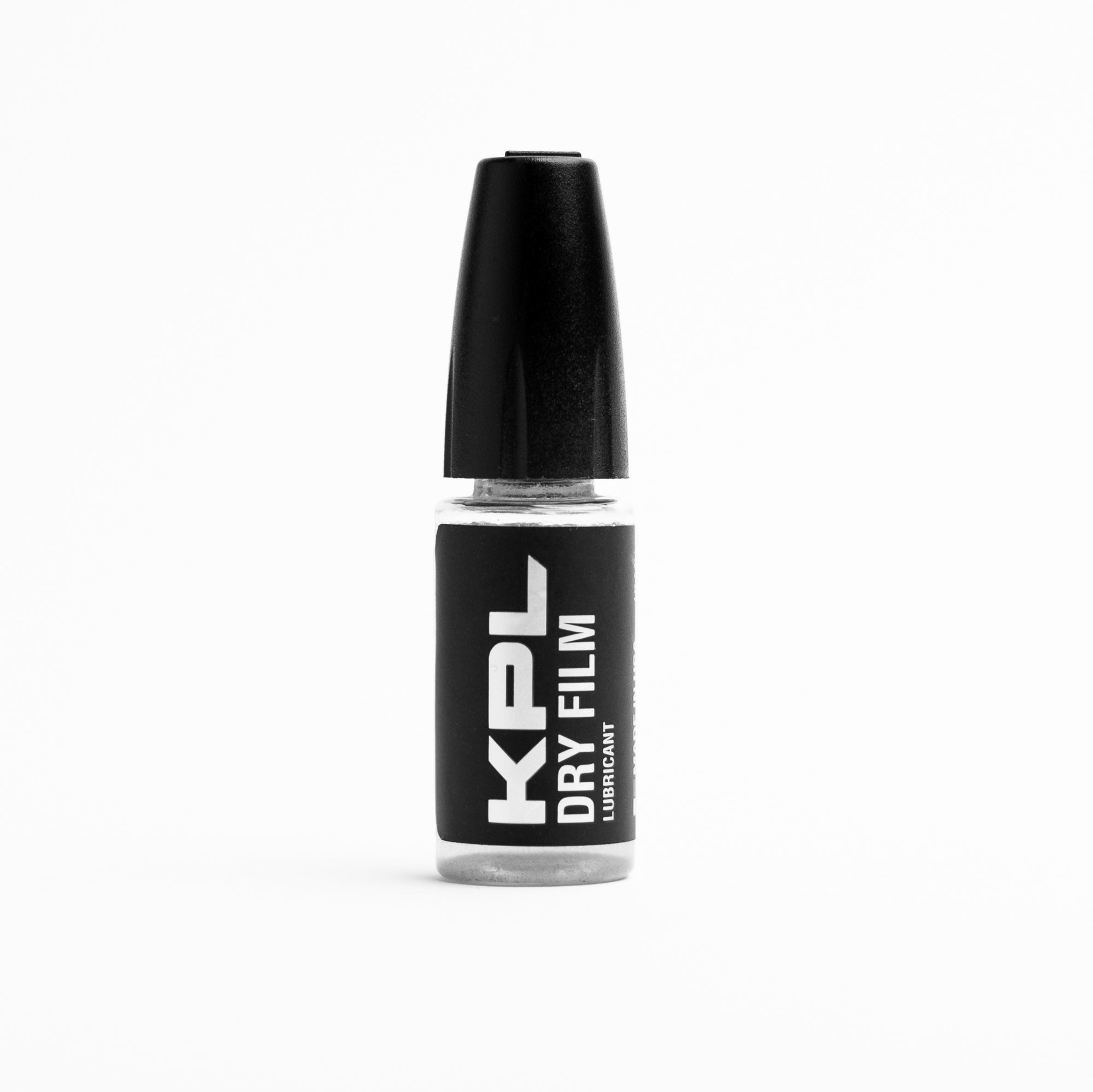
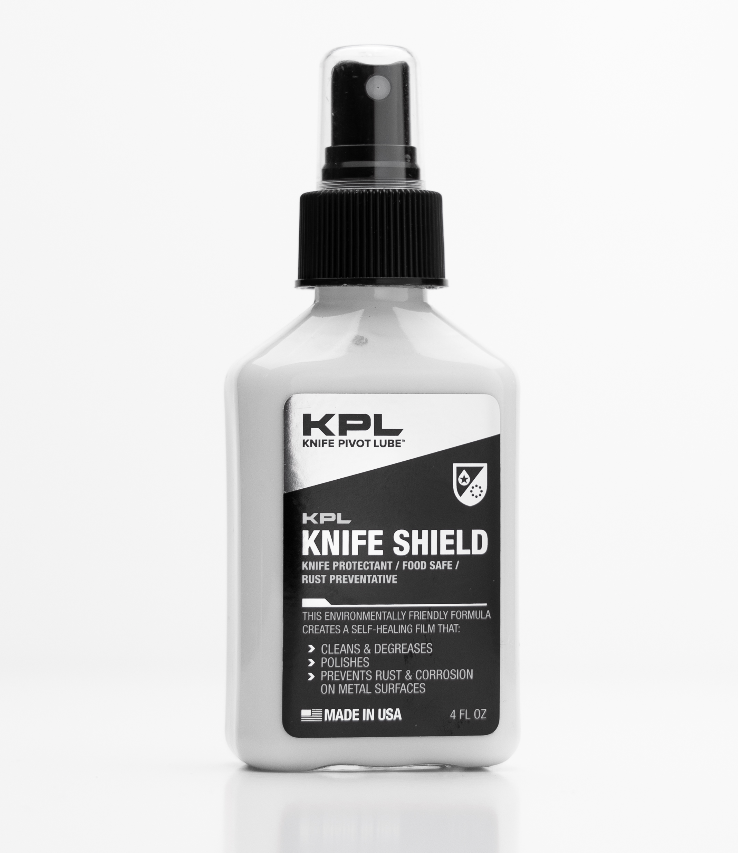
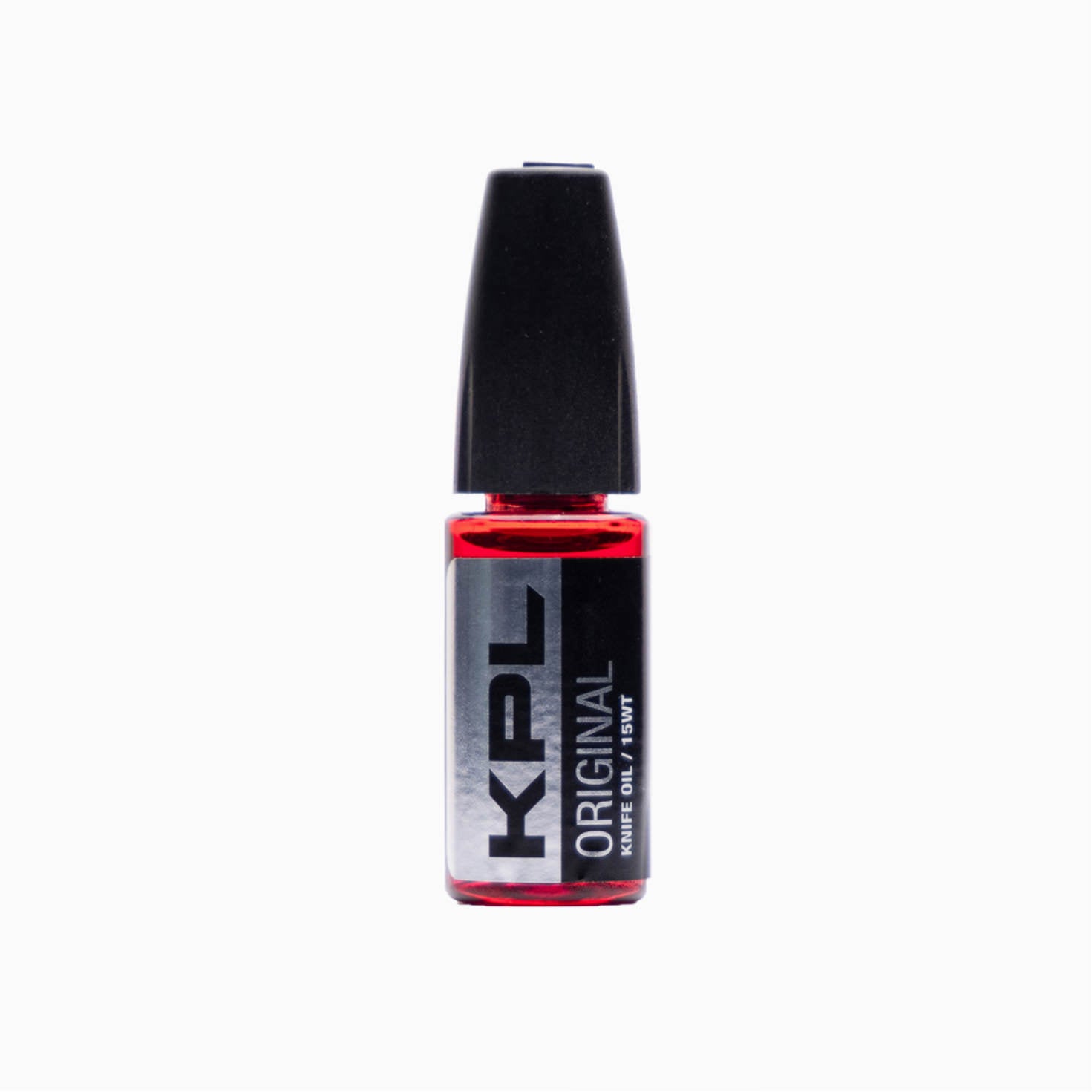
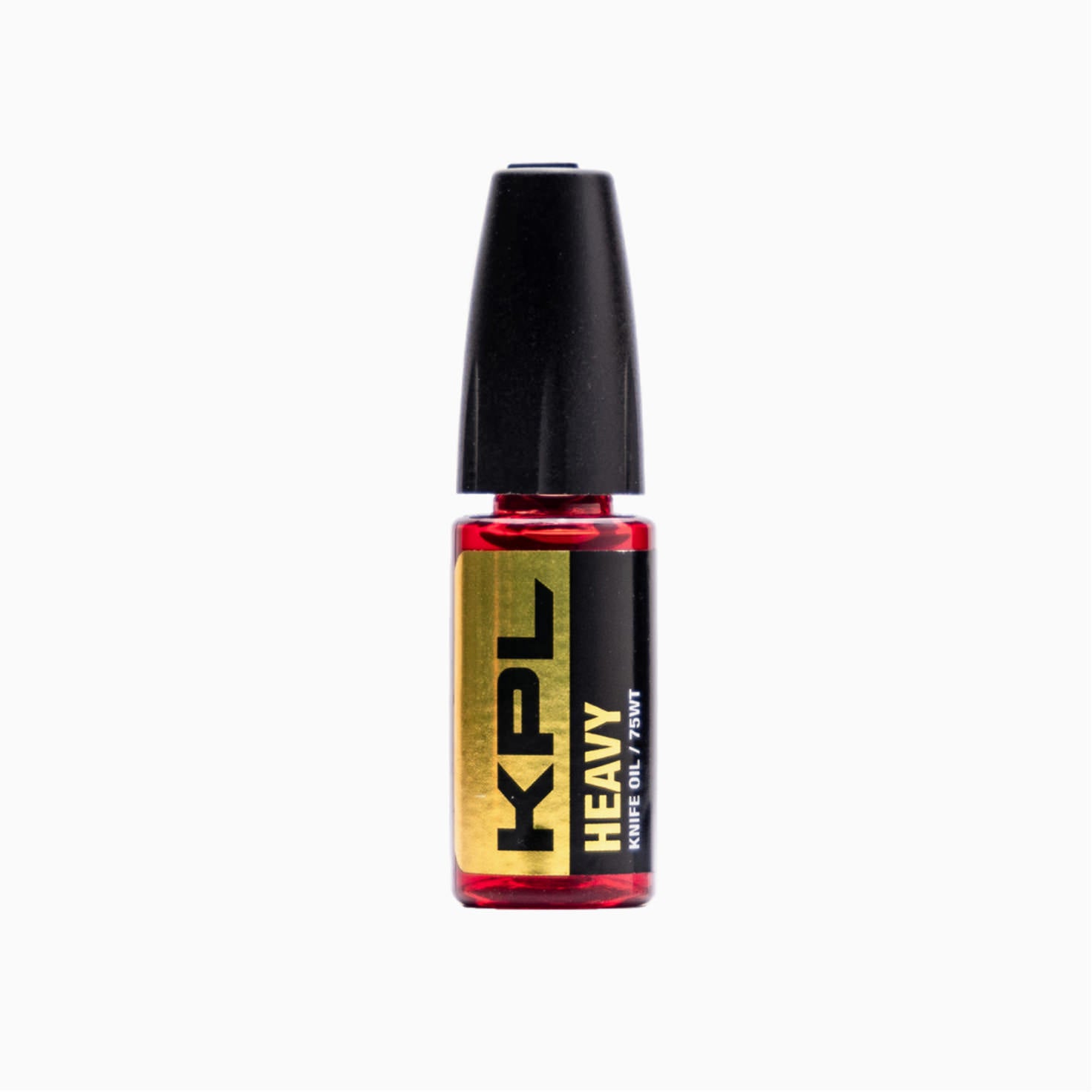
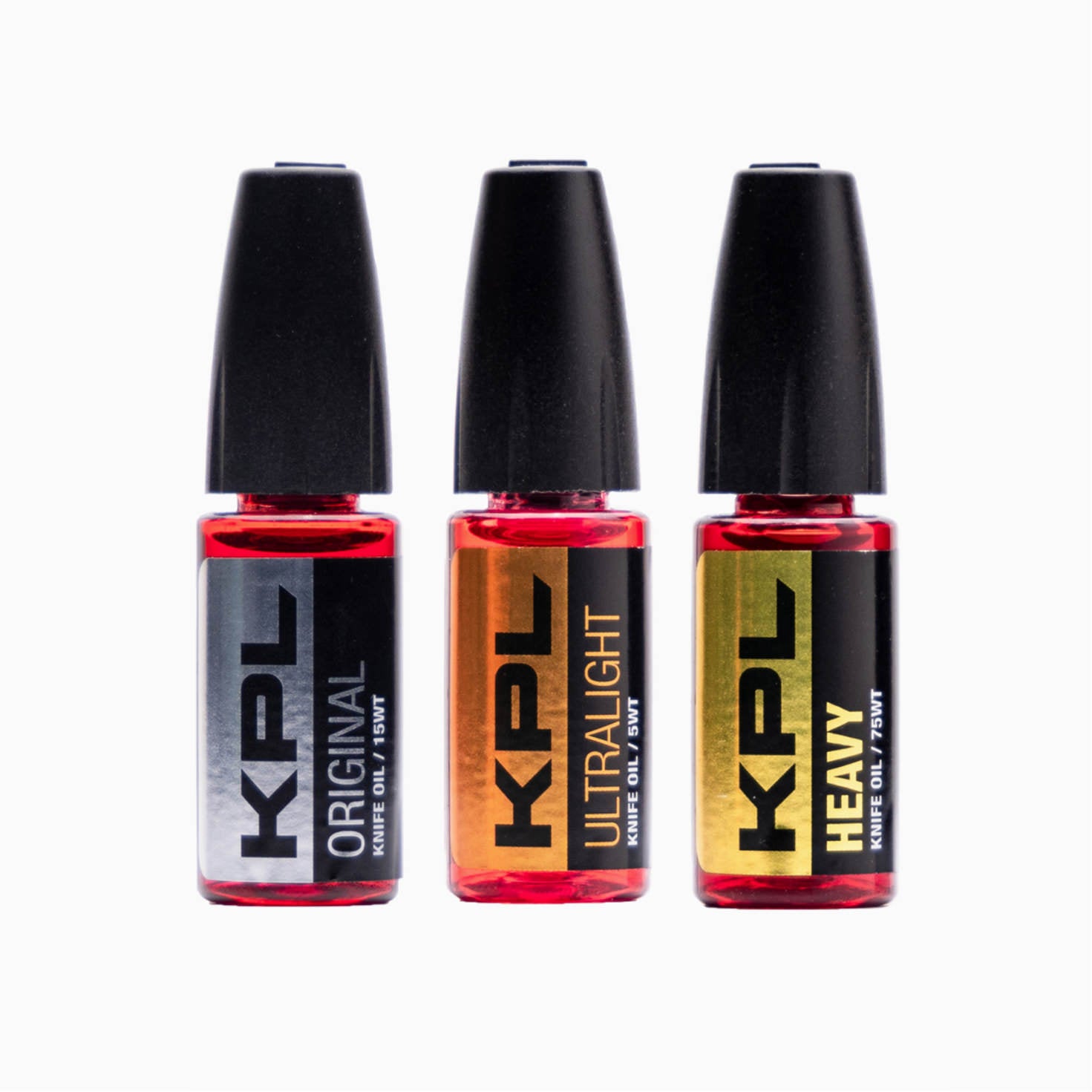
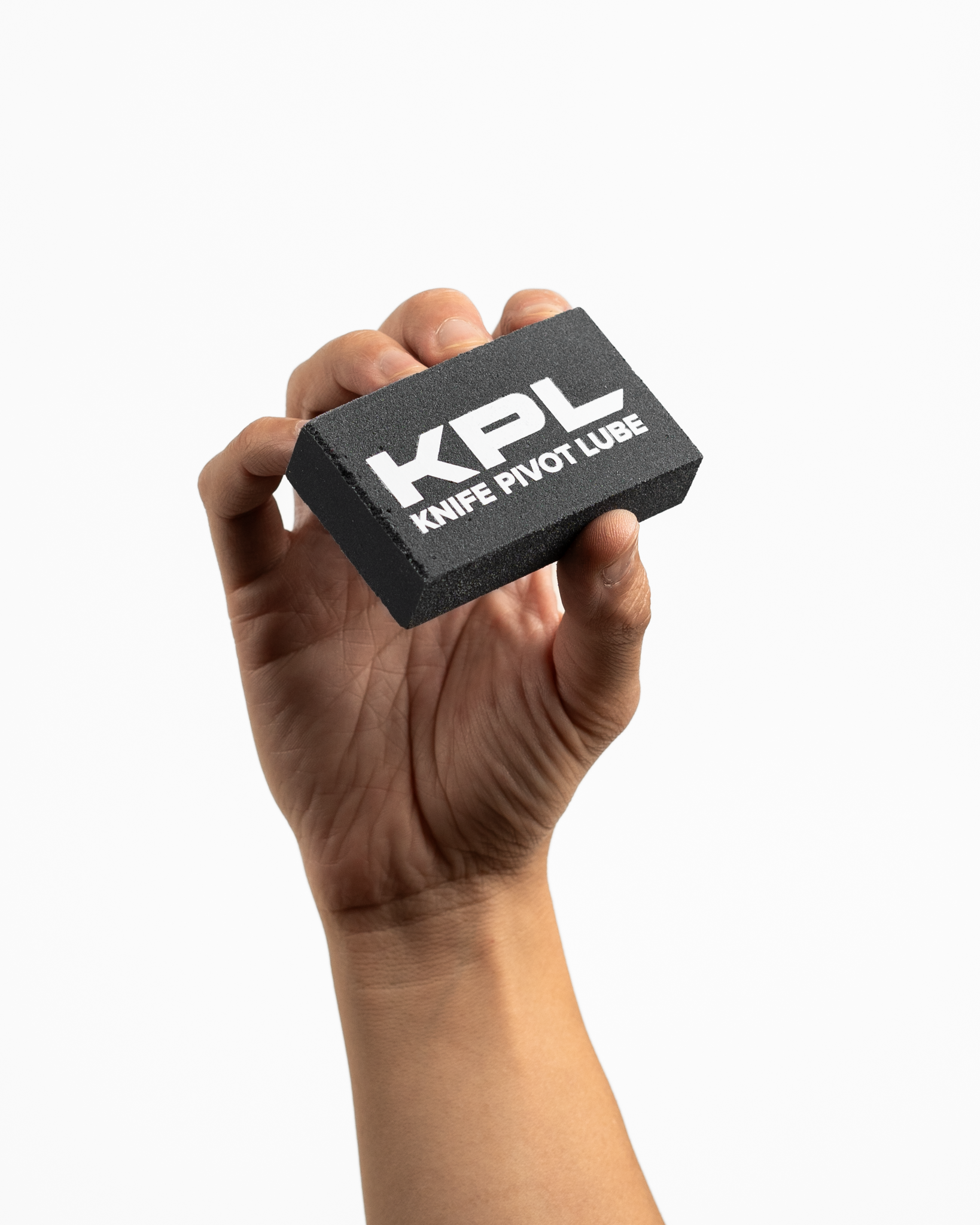
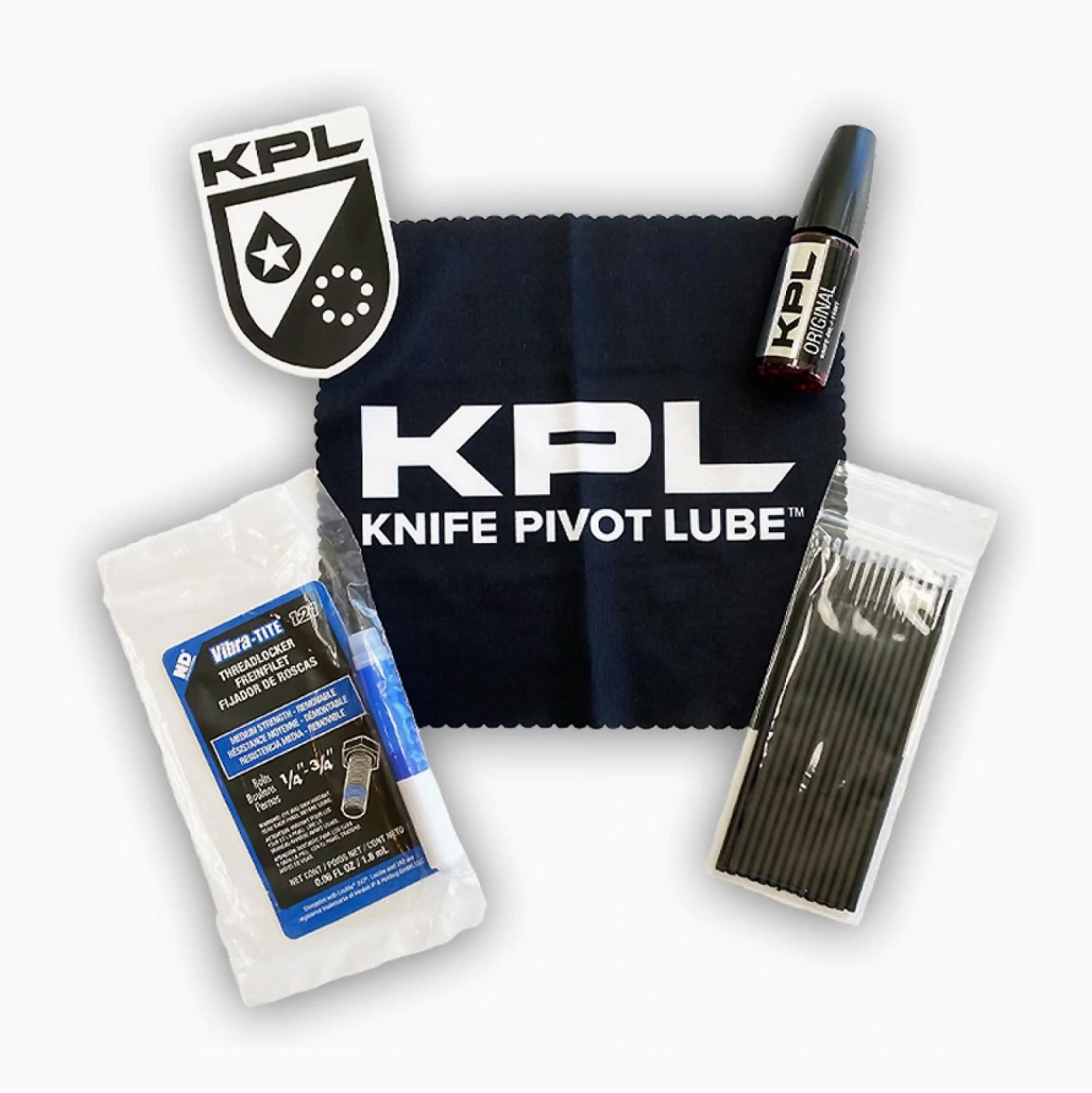
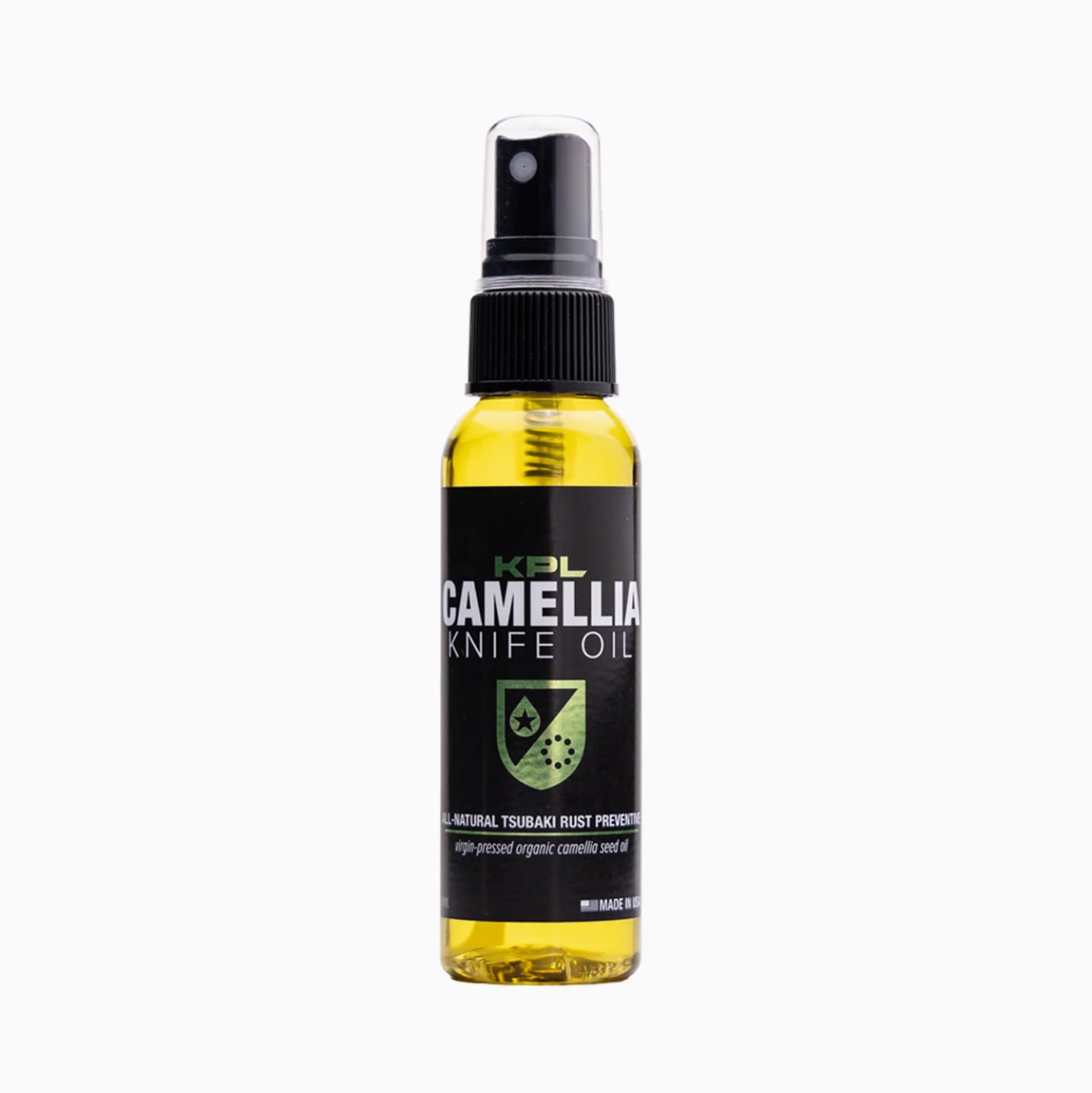


Comments
Martian said:
Good tip is less disassembly is better to not wear parts also every 2 month open blade and drop thin oil on each blade set knife down let it run in to pivot and keep it sharp so it cuts and not slip also fancy cleaning disassembly is not always needed and clean out using simple q tip in side no water to rust then wipe all of knife clean then done